Technological Fluency, Digital Literacy, and Information Literacy
Have you ever asked yourself - how do I research this paper, how do I choose a new cell phone, how should I vote in the next election?
Student Dialog - What is Technological Fluency
Jose: Hey Sage, how's that media project going?
Sage: Ugh. Not well. I'm not sure how to get started. I have to research my topic, then produce a short video on it. The video is supposed to "sell" my idea about the topic.
Jose: So, what's holding you up?
Sage: First, I've never been to the library, so I need to go there and looks some stuff up, but I'm not really sure about doing that well.
Jose: Using the library well is critical! Besides "How to I research this paper?" how about "How do I choose a new cell phone?" or "How should I vote in the next election?" Did you know that the library has librarians that specialize in just about every subject domain? Why not talk to them - I'll bet they can help you do it right and not waste time.
Sage: You're probably right. But what about shooting a video? I can get a video camera no problem, but if it's supposed to look professional, well….
Jose: That one's easy! You need to check out the Penn State Media Commons. They will help you to help yourself, show you what you need to do, and more. They really helped me when I needed to do some audio recordings last semester.
Sage: Wow - I had no idea. So it looks like I need to learn research skills and some media creation skills.
Jose: Yeah - information literacy and digital literacy. Together, they make you technologically fluent - you can gather the information you need and produce something from it. Hopefully you create a compelling story of sorts.
Sage: Ok - off to the library. Tomorrow, the Media Commons!
Jose: You go!
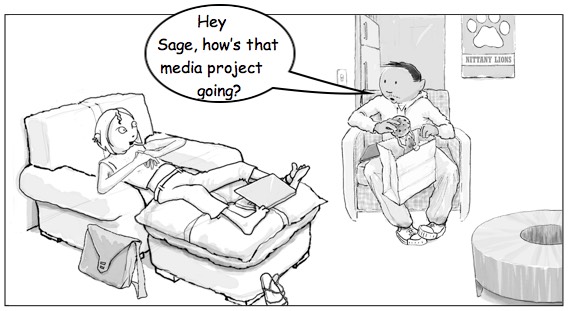
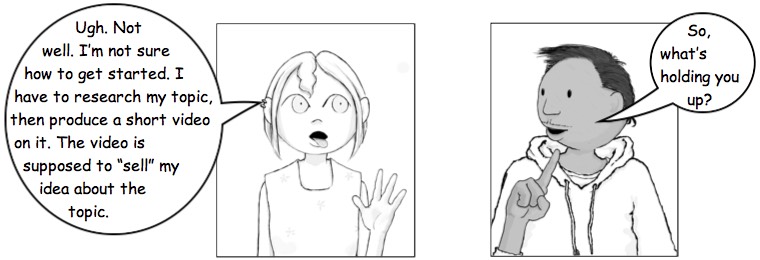
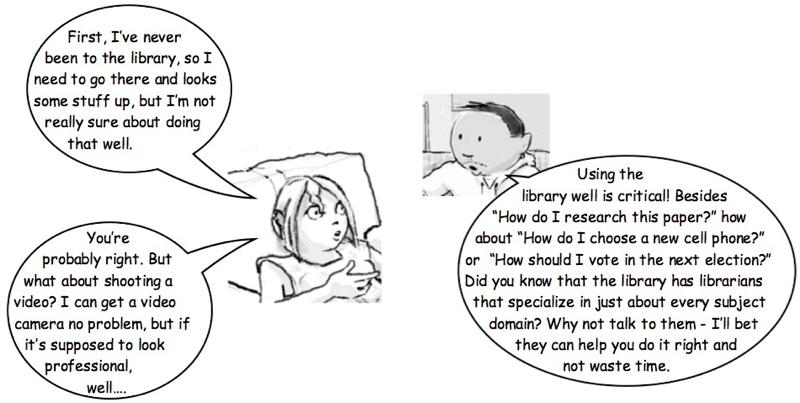
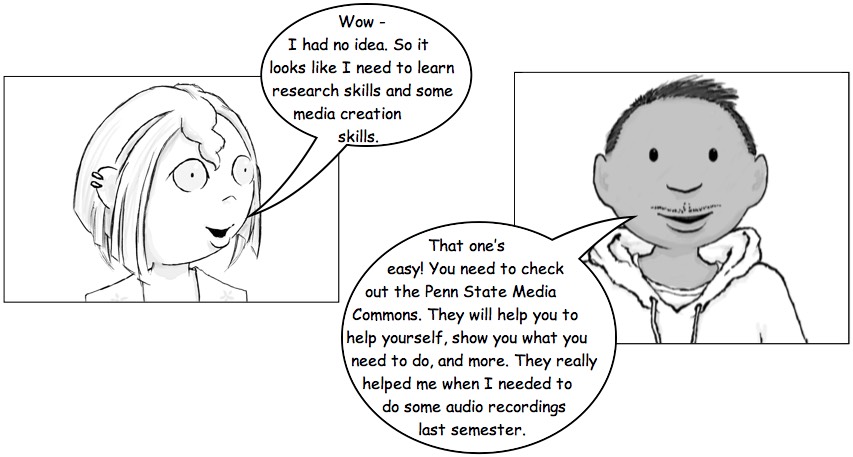
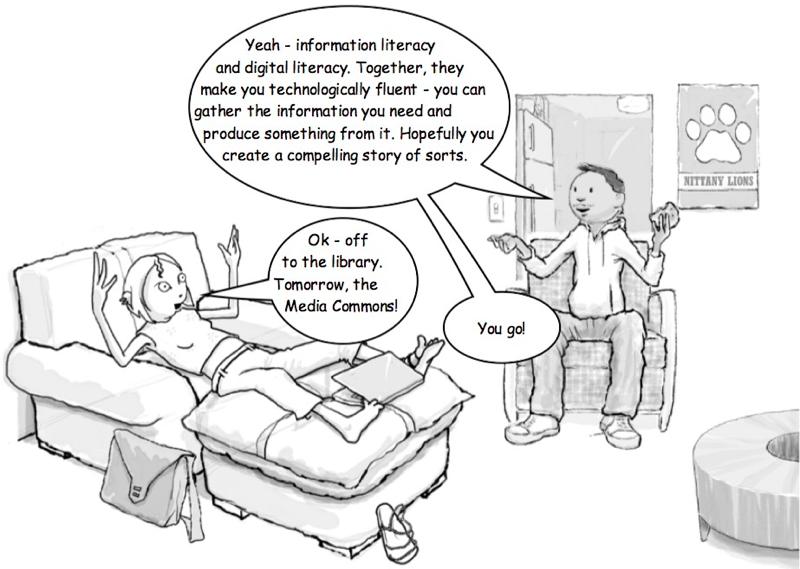
Technological fluency is knowing how and when to use technology to solve a problem. It may involve searching for a solution, creating a solution, or both. Technological fluency is based on both information and digital literacy.
Information Literacy
Information literacy is the understanding and practice of working with information, including the ability to find, retrieve, store, filter and sort through, interpret and analyze (to identify bias and inaccuracy), manage, and use information to answer questions and develop new ones. Being information literate allows you to create new knowledge through critical self reflection and ethical participation in communities of learning, scholarship, and practice.
You also need to understand use rights for materials - rules for copyrighted materials, and Creative Commons and Fair Use rules.
As the library of the University of the Sunshine Coast, Queensland, Australia, writes:
Information literate people:
- Recognize a need for information
- Determine the extent of information needed
- Access information efficiently
- Critically evaluate information and its sources
- Evaluate resources for accuracy/trustworthiness of information
- Classify, store, manipulate and redraft information collected or generated
- Incorporate selected information into their knowledge base
- Use information effectively to learn, create new knowledge, solve problems and make decisions
- Understand economic, legal, social, political and cultural issues in the use of information
- Access and use information ethically and legally
- Use information and knowledge for participative citizenship and social responsibility
- Experience information literacy as part of independent learning and lifelong learning
Also, please examine the American Library Association's definition of information literacy.
Digital Literacy
Digital literacy is the understanding of the basic principles of computing devices and networks, the ability to use critical thinking to find, capture and evaluate information in multimedia formats, to create new digital and multimedia artifacts in response to your understanding of the information you gather, and an understanding of the societal issues raised by digital technologies. As with information literacy, being digital literate means you posses the ability to engage in online communities and social networks in a community of practice.
Some possible types of digital materials one might create and/or consume include:
-
Presentations
-
Blogs
-
Animations
-
Videos
-
Recordings
Digital literate people:
-
Understand how to use multiple modes of hardware and software (web browsers, search engines, and multimedia) to discover and consume information
-
Understand which medium(s) will best illustrate their message to peers and colleagues
-
Choose and create appropriate media to showcase efforts and produce new knowledge


